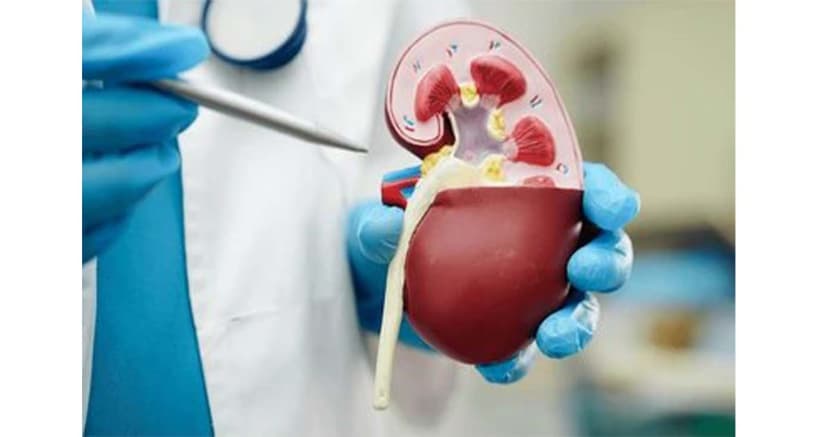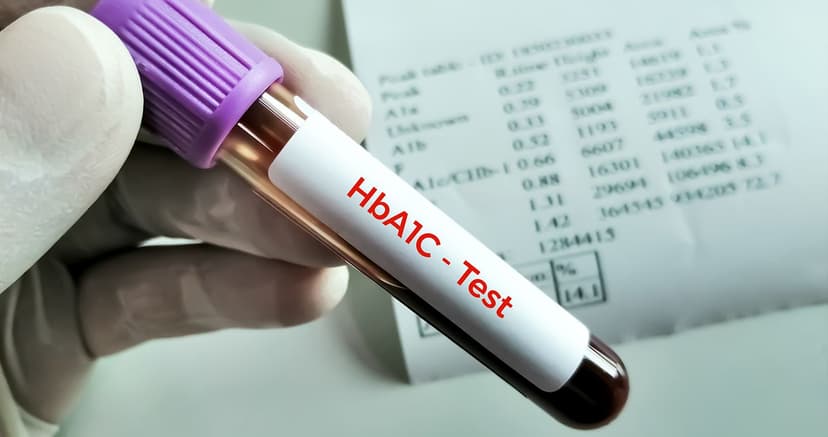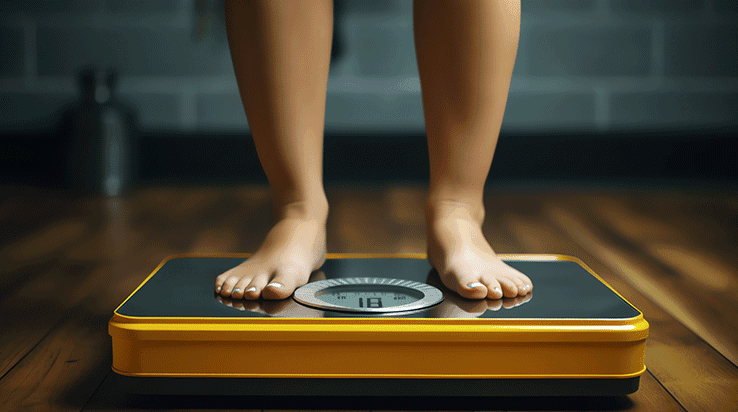Spinal Disc Problems: Symptoms, Causes, and treatment options
By:

Apex Hospitals
23-10-2024

Spinal disc problems commonly cause back pain and can significantly affect your quality of life. Understanding the symptoms, causes, and available surgical solutions is vital to effectively managing and treating these conditions.
What are spinal discs?
Spinal discs are essential components of the spine, serving as the soft cushions between each vertebra (the bones of the spine). These discs function as shock absorbers, ensuring smooth movement and flexibility while maintaining the spine's stability. Known as intervertebral discs, they are composed of gel-like fluid that allows the spine to bend and twist easily.
Structure of Spinal Discs
Each spinal disc consists of two main parts:
1. Annulus Fibrosus:
- The rugged, elastic outer layer.
- It provides structural integrity and protects the inner core.
2. Nucleus Pulposus:
- The soft, jelly-like core.
- It acts as the primary shock absorber and allows for spinal flexibility.
Together, these two components enable the spine to handle daily stresses while protecting the spinal cord, which runs through the vertebrae and connects the brain to the rest of the body.
Role of Spinal Discs
- Shock Absorption: Minimize the impact of daily activities like walking, running, and lifting.
- Spinal Stability: Maintain alignment and prevent excessive movement between vertebrae.
- Facilitation of Movement: Provide pivot points that allow the spine to bend, twist, and rotate.
These discs also act as a protective layer, safeguarding the spinal cord from injuries and maintaining a healthy connection between the brain and body.
Understanding their structure and function allows us to appreciate spinal discs' critical role in overall spinal health.
What are the different types of spinal disc problems?
Types of Spinal Disc Problems
Spinal disc issues can vary in severity and impact, affecting movement, comfort, and overall quality of life. Here are the most common types of spinal disc problems:
1. Herniated Disc (Slipped or Ruptured Disc)
What is a herniated disc?
A herniated disc, or a slipped or ruptured disc, occurs when an intervertebral disc's soft, jelly-like centre (nucleus pulposus) pushes through a tear or crack in its tough outer layer (annulus fibrosus). This can irritate or compress nearby nerves, causing pain, numbness, or weakness in the affected area.
Key Features of a Herniated Disc
Location: It most commonly affects the lower back (lumbar spine) but can also affect the neck (cervical spine).
Symptoms:
1. Pain: Sharp, radiating pain in the back, neck, arms, or legs.
2. Numbness or Tingling: Sensation changes in areas served by affected nerves.
3. Weakness: Difficulty moving specific muscles or performing physical tasks.
The symptoms of a herniated disc can vary depending on its location in the spine. Here's how it manifests in different regions:
a. Lower Back (Lumbar Region)
Common Symptoms:
1. Pain often radiates to the buttocks, thighs, and calves.
2. Discomfort that follows the path of the sciatic nerve extending from the lower back down to the legs is commonly referred to as sciatica.
- Sharp or burning sensations in the lower body.
- Weakness or numbness in the legs and feet.
Additional Effects:
b. Neck (Cervical Region)
Common Symptoms:
1. Pain is typically felt in the shoulders and arms.
2. It may worsen when turning the neck or holding it in a specific position.
- Stiffness, weakness, or numbness can extend to the legs, affecting overall mobility.
- Difficulty performing tasks that require fine motor skills, such as buttoning clothes.
Serious Cases:
c. Middle Back (Thoracic Region)
Common Symptoms:
1. Pain is localized to the area of the herniation in the middle back.
2. It can radiate around the rib cage to the front of the body, mimicking chest pain.
- Herniated discs in this region are the least common due to the thoracic spine's relatively stable structure.
Rarity:
Causes:
1. Aging and disc degeneration.
2. Injury or trauma (e.g., heavy lifting or sudden twisting motions).
3. Repetitive stress on the spine.
Why Does It Happen?
The spinal discs cushion the vertebrae, absorbing shock and facilitating movement. Over time, these discs can lose flexibility and strength, increasing the risk of tears in the outer layer and allowing the inner material to herniate.
When to Seek Medical Attention
Seek prompt medical care if you experience:
- Persistent or worsening pain.
- Numbness, tingling, or weakness in the arms or legs.
- Loss of bladder or bowel control (a rare but serious condition called cauda equina syndrome).
With early diagnosis and appropriate treatment, most people recover from a herniated disc without the need for surgery.
Treatment options
Treatment for a herniated disc focuses on relieving pain, restoring mobility, and preventing further damage. Depending on the severity and persistence of the symptoms, non-surgical and surgical options may be recommended.
1. Non-Surgical Treatments
- Avoid activities that exacerbate the pain, such as heavy lifting or prolonged sitting.
- Short rest periods may help, but prolonged inactivity should be avoided to prevent stiffness and muscle weakness.
a. Most herniated discs can be managed without surgery. These options include:
b. Medications
- Over-the-Counter Pain Relievers: Nonsteroidal anti-inflammatory drugs (NSAIDs) like ibuprofen or naproxen reduce inflammation and relieve pain.
- Muscle Relaxants: Address muscle spasms.
Prescription Pain Medications: For severe pain not controlled by NSAIDs.
c. Physical Therapy
A physical therapist can design a program of stretching, strengthening, and low-impact exercises to:
- Improve spinal alignment.
- Strengthen supporting muscles.
- Reduce pressure on the affected disc.
d. Epidural Steroid Injections
A corticosteroid injection directly into the area around the herniated disc can reduce inflammation and relieve pain.
2. Surgical Treatments
Surgery is considered if non-surgical treatments fail after several weeks or if there are severe symptoms such as loss of bowel or bladder control, significant nerve compression, or progressive muscle weakness.
3. Lifestyle Modifications and Preventative Measures
- Maintain a healthy weight to reduce stress on the spine.
- Engage in regular low-impact exercises such as swimming or walking.
- Practice good posture and ergonomics at work and home.
2. Bulging Disc
What Is a Bulging Disc?
A bulging disc is a spinal condition where the outer layer of an intervertebral disc, known as the annulus fibrosus, protrudes outward beyond its normal boundary. Unlike a herniated disc, a bulging disc remains intact, where the inner jelly-like substance (nucleus pulposus) leaks out. Still, it extends outward, potentially pressing against nearby nerves or the spinal cord.
Common Symptoms
- Tingling or pain in the fingers, hands, arms, neck, or shoulders may signal a bulging disc in the cervical spine.
- Pain in the feet, thighs, lower back, and buttocks is a common symptom, often pointing to a problem in the lumbar region.
- Difficulty walking or a sense of weakness when lifting or holding objects could indicate nerve involvement or spinal disc issues.
A bulging disc may lead to symptoms if it impinges on nerve roots or the spinal cord:
- Degenerative Disc Disease: Aging-related wear and tear on spinal discs.
- Injury: Trauma from falls, accidents, or heavy lifting.
- Repetitive Strain: Prolonged poor posture or repetitive motion stress.
- Obesity: Excess weight, increasing pressure on the spine.
Causes
Treatment Options
- Rest, physical therapy, pain medications, and anti-inflammatory drugs.
1. Conservative Management:
- Weight management, ergonomic adjustments, and posture correction.
2. Lifestyle Changes:
- Corticosteroid injections or minimally invasive surgery, such as a microdiscectomy, in severe cases.
3. Advanced Treatments:
Timely diagnosis and appropriate treatment can significantly reduce the impact of a bulging disc and improve quality of life.
3. Degenerative Disc Disease (DDD)
What is a Degenerative Disc Disease (DDD)?
Degenerative Disc Disease (DDD) refers to the gradual wear and tear of the intervertebral discs in the spine, which act as cushions between the vertebrae. Despite its name, DDD is not technically a disease but a condition resulting from the natural aging process or repetitive stress on the spine. Over time, the discs lose their elasticity, hydration, and ability to absorb shock, leading to pain and discomfort.
Key Features of DDD
- Loss of Disc Height: As the discs lose hydration, they become thinner, reducing the space between vertebrae.
- Disc Damage: The disc's outer layer (annulus fibrosis) may weaken, leading to tears or cracks.
- Bone Spurs: The reduced disc height can cause vertebrae to rub against each other, potentially forming bone spurs (osteophytes).
- Instability: The spine may lose stability due to the compromised integrity of the discs.
Symptoms of DDD
- Persistent or intermittent back or neck pain, depending on the affected region.
- Pain that worsens with sitting, bending, or lifting.
- It radiates pain or tingling in the arms, legs, or buttocks due to nerve compression.
- Stiffness and reduced flexibility in the spine.
Common Causes
- Aging is the primary factor, as discs lose water content and elasticity over time.
- Repetitive Stress: Physical activities that strain the spine, such as heavy lifting or prolonged sitting.
- Injury: Trauma to the spine can accelerate disc degeneration.
- Genetics: A family history of spine problems may increase susceptibility.
Treatment Options
- Conservative Management: Physical therapy, medications (pain relievers, anti-inflammatories), and lifestyle modifications.
- Injections: Corticosteroid injections to reduce inflammation and pain.
- Surgical Interventions: In severe cases, procedures like spinal fusion or artificial disc replacement may be recommended.
If you're experiencing persistent back or neck pain, tingling, or difficulty moving, it could be a sign of a spinal disc problem. Early diagnosis and treatment are crucial to prevent further complications and restore your quality of life. Apex Hospitals offers advanced diagnostic tools and personalized treatment options, including physical therapy, pain management, and minimally invasive surgical solutions. Don't let spinal disc issues disrupt your life—book your appointment at Apex Hospitals today and take the first step toward a pain-free future.
FAQS
Related Articles
Connect With Us
Health In A Snap, Just One App.
KNOW MORE



































































































